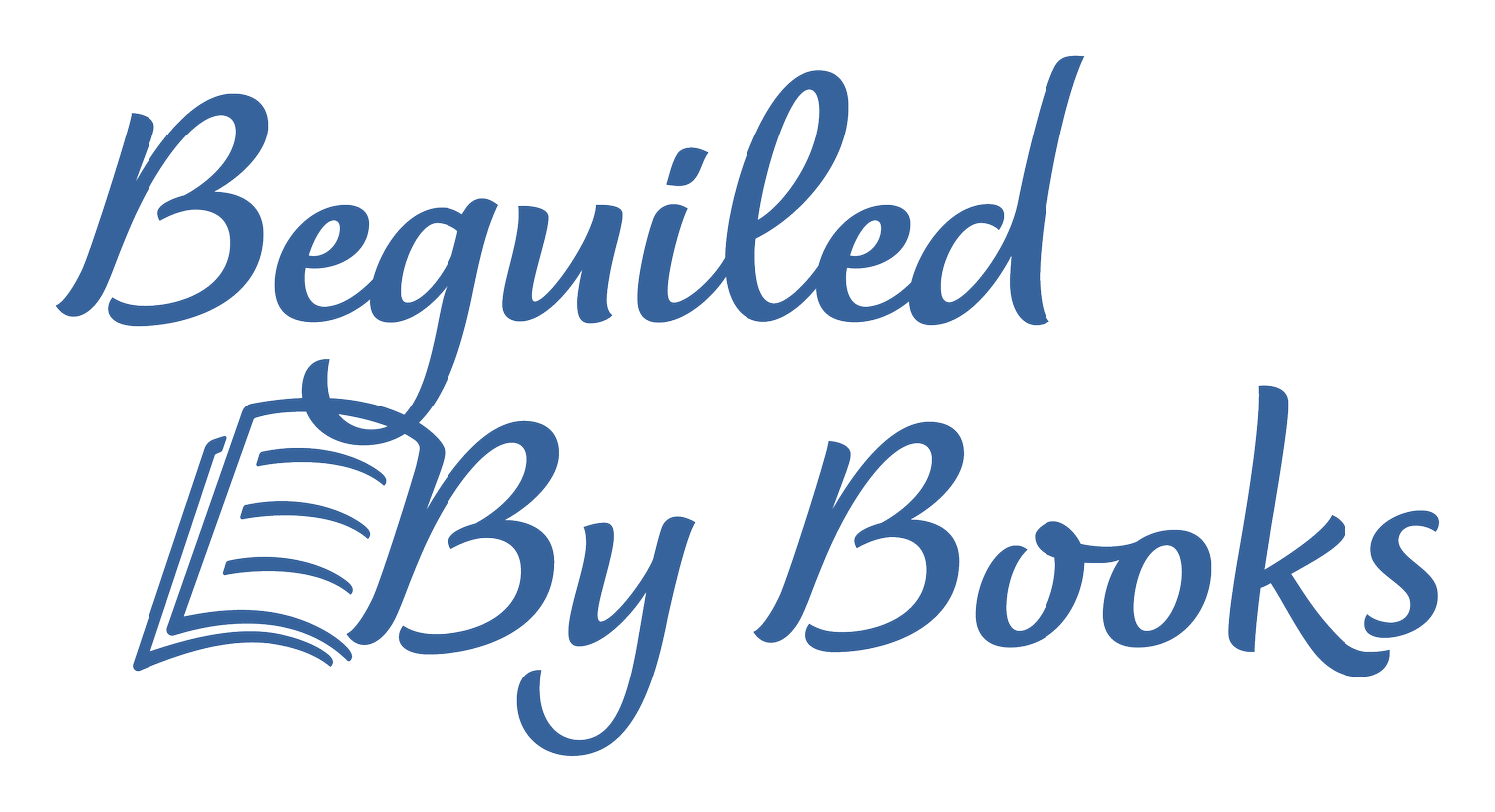From Page to Practice: How to Apply What You Read (Not Just Collect Notes)
The Problem with “Shelf Help”
We’ve all been there. Highlighting like crazy, nodding along to every insight, thinking this book is going to change my life. Then, two weeks later, it’s collecting dust while we move on to the next one.
It’s not that the book failed; it’s that we didn’t have a system for applying what we learned. True growth happens not in the reading, but in the doing.
Why We Forget What We Read
Our brains are wired to forget. Within days, we lose up to 80% of what we consume unless we actively revisit and use it: a phenomenon known as the Ebbinghaus Forgetting Curve.
Reading without reflection is like pouring water into a sieve. If you want books to shape your habits, relationships, or mindset, you need a way to slow down, absorb, and integrate their lessons. That’s what this guide is for: helping you turn every great book into lasting personal growth.
Step 1: Read with Purpose
Before you open a book, pause and ask:
“Why am I reading this right now?”
Maybe you want to improve your focus (Deep Work), declutter your priorities (Essentialism), or practice more self-compassion. When your “why” is clear, your brain automatically filters for relevance, making it easier to remember and apply key insights.
Pro Tip: Write your intention on the inside cover — or on a post-it stuck to the book (I cannot write in book!)
Example: “I’m reading this to reduce distractions and protect my energy.”
Step 2: Capture the Insights That Matter
Not every highlight deserves to be kept. The goal isn’t to collect quotes: it’s to collect transformation triggers.
Here’s a simple method:
Highlight less. Only mark ideas that make you pause or feel something.
Summarize in your own words. Paraphrasing helps lock the idea in memory.
Ask, “So what?” After each note, jot down why it matters to your life right now.
Example:
“Habit stacking works because I already make coffee daily. I could add 10 minutes of reading after my first sip.”
👉 See also: The Ultimate Guide to Building a Reading Habit
Step 3: Turn Insights into Action
Knowledge without execution is entertainment. After finishing a book, pick one actionable takeaway and test it for seven days.
The “One Idea, One Week” Method
Choose one practical idea from the book.
Apply it immediately in real life.
Reflect on the results at the end of the week.
Small experiments turn abstract ideas into lived experience, and that’s where real learning sticks.
Step 4: Build a Personal Growth System
Once you’ve read a few transformative books, patterns start to appear. You’ll notice recurring themes — mindfulness, focus, purpose — and these become the pillars of your personal philosophy.
Create a “Growth Notebook” or digital tracker where you:
Log books you’ve read
Record key takeaways
Track “applied experiments”
Reflect monthly on what’s working
This turns reading into an ongoing dialogue with yourself: a feedback loop that deepens every future book you pick up.
👉 Explore: The Growth Library: structured paths that help you track progress in Health, Wealth, and Wisdom.
Step 5: Share to Retain
Teaching is the fastest way to learn. When you talk about what you read — through journaling, book clubs, or online reviews — you’re actually reinforcing memory and clarity.
Try:
Writing a 3-sentence “takeaway summary” on social media.
Discussing one key idea with a friend or colleague.
Starting a reading circle around a shared theme.
Every time you share, you clarify your own understanding, and you might inspire someone else to grow, too.
Bonus: Use The Growth Library Worksheets
If you want a shortcut, each module in The Growth Library includes printable worksheets that walk you through:
Setting your reading intention
Capturing core insights
Designing weekly applications
Reflecting on your progress
They’re simple, elegant tools that bridge the gap between page and practice.
🎓 Start here: Join The Growth Library
From Consuming to Becoming
Books are only powerful when they change how you live.
The next time you finish a great read, resist the urge to reach for another right away. Instead, pause.
Ask: What can I actually do with this?
When you practice what you read — even one small lesson at a time — your bookshelf becomes a mirror of your growth. Because reading isn’t just about learning more. It’s about becoming more.
